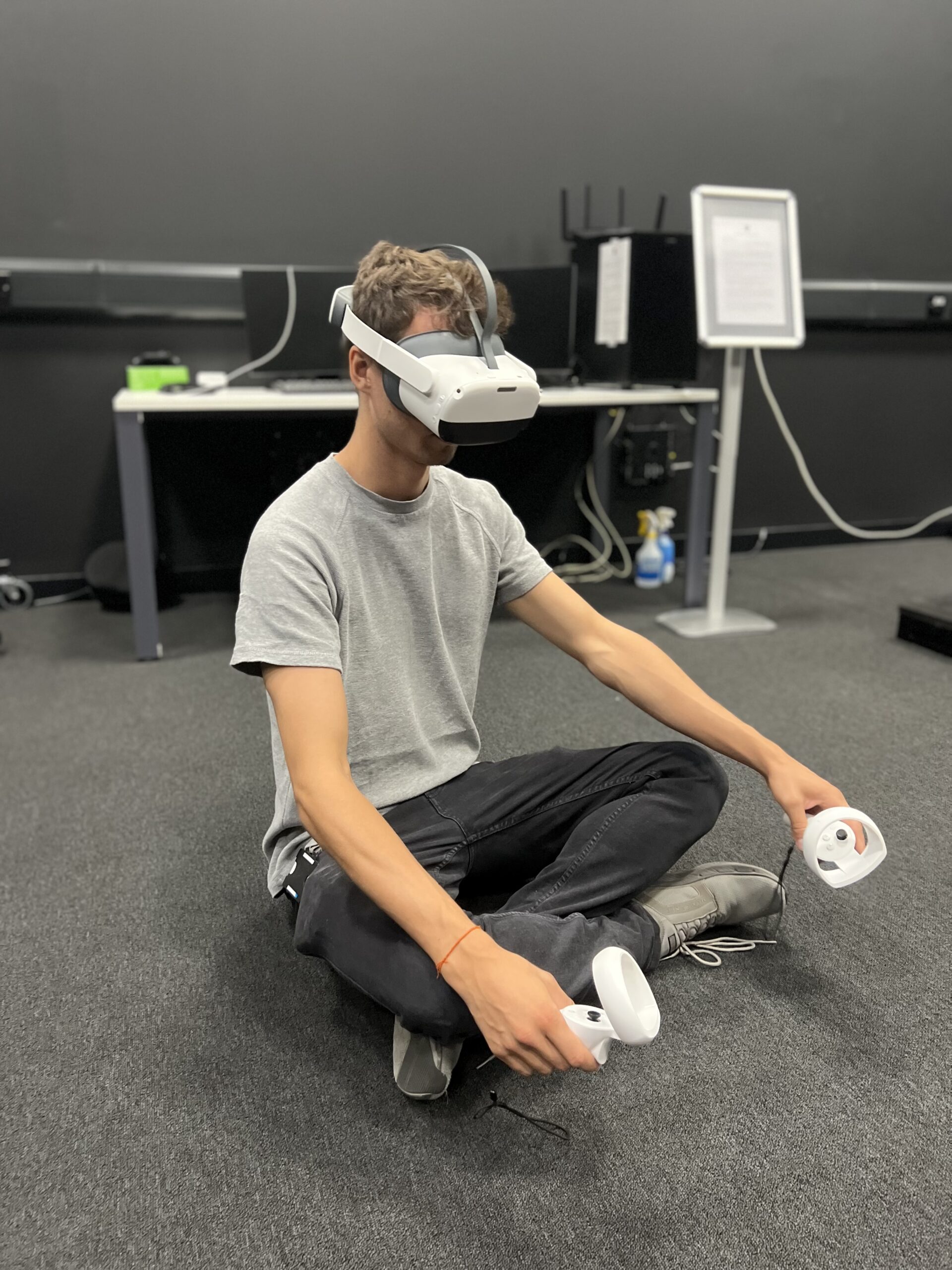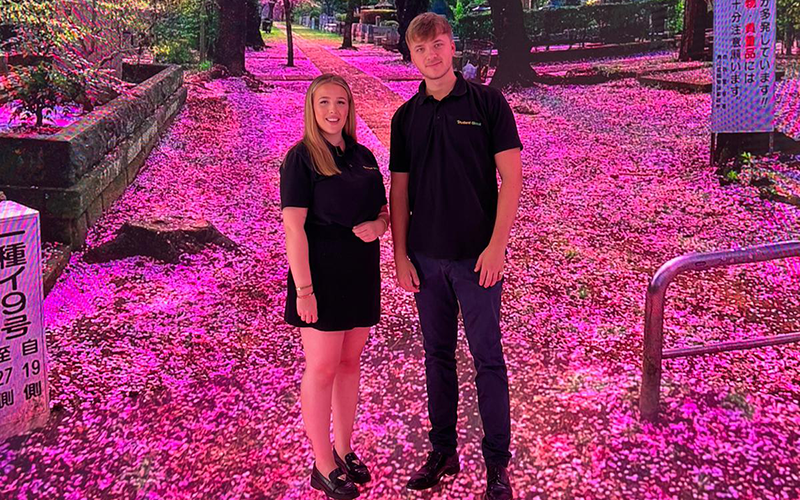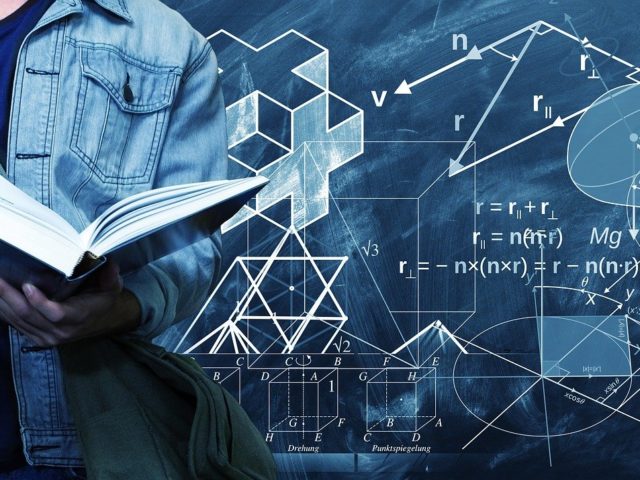The UK has a world leading digital economy, with increasing data showcasing the strength of the UK creative industries, digital and cultural sectors. With a critical shortage of digital skills, its vital for universities to provide students, and organisations with access to technologies and facilities so they can enter the industry with the required skills for these cutting-edge technologies. Early adoption of extended reality is already transforming sectors, demonstrating huge potential for growth.
We had the pleasure of visiting Portsmouth University’s state of the art Centre for Creative and Immersive Extended Reality (CCIXR), an integrated facility to support innovation in the creative and digital technologies of virtual, augmented and extended realities. CCIXR supports the development and adoption of digital and creative technologies into priority sector, expanding and developing the creative and digital sector. Portsmouth University hopes to build on its reputation and graduate employability to create a step-change in skills training and development, which will simultaneously support the creation of high-value jobs within the region, and beyond.
The facilities were funded by £5.2m investment, including £3.6m from Solent LEP, so CCIXR can deliver immersive and creative extended reality facilities which enable, support and grow the digital creative industries sector. CCIXR will support economic growth and enhanced productivity in a variety of sectors through innovation and the application of XR technology.

CCIXR aims to have a considerable impact on the productivity of the existing industrial base and other sectors including marine, defence, medical and aerospace, that employ creative digital disciplines in their own R&D. CCIXR is predicted to have potential to increase the regions economy to £50bn by 2050.
The aim of the centre is to lower the barrier for entry for businesses looking to understand what extended reality is and to better show what it can do for business by giving organisations access to facilities that would otherwise be out of reach or require significant budgets.
The facilities include a motion capture studio, volumetric capture, digital coding development spaces, VR lab and simulation facilities.
Photogrammetry
Photogrammetry is the art, science and technology of obtaining reliable information about physical objects and the environment through processes of recording, measuring and interpreting photographic images and patterns of recorded radiant electromagnetic energy.
This system is a metal rig with multiple cameras fixed at different points. These cameras are synchronised to take a photo simultaneously. The rig gets calibrated and positioned for detailed facial capture, in addition to an upright person, enabling full body and facial capture. The data can then be utilised across different disciplines and digital applications.
Mixed Reality Tech Lab
Operating as a smart stage cube system, this will provide next-gen light and mixed reality projection technology to enable interaction with content in real time. This will be invaluable to organisations hoping to generate interactive content.
Volumetric capture
Combining volumetric with the centres photogrammetry and motion capture facilities will mean these technologies can be used simultaneously to achieve crazy results. This also creates the first facility outside of London, making it a significant addition to the extended reality sector and talent pipeline.
Motion Capture Studio
This studio provides full body motion capture and also features facilities for facial and hand capture in real-time using multiple tracking solutions (optical and inertial) to cater for a range of performance capture applications.
This studio will explore alternative motion capture solutions, currently only available in the US, including electromagnetic motion capture.
Simulation facilities
These facilities enable a range of industry project applications, including biometric feedback devices, virtual production facilities, healthcare simulation technologies and extended reality technologies.





